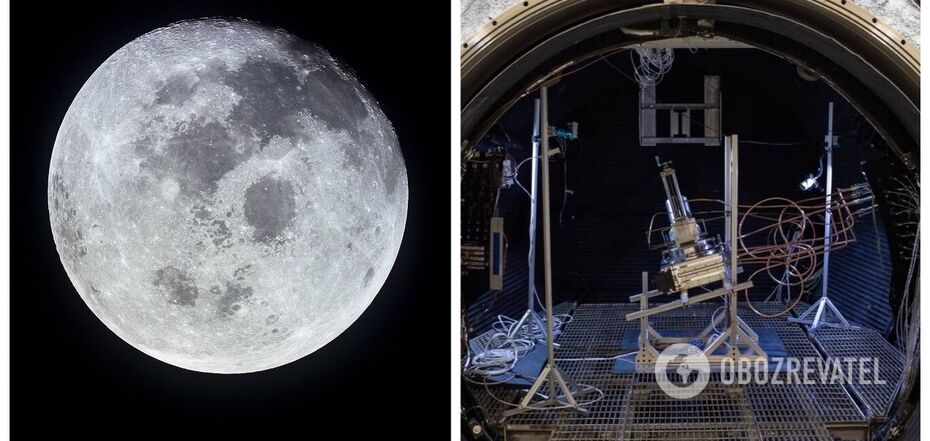Life
NASA has extracted oxygen from lunar soil for the first time: sensational details
Scientists at NASA's Lyndon Johnson Space Center in Houston have successfully extracted oxygen from artificial lunar soil. This was the first time this extraction was performed in a vacuum environment.
Successful tests will allow future extraction and use of resources in the lunar environment during lengthy expeditions to the Earth's satellite. This was reported by the NASA website.
The research team conducted the test under conditions similar to those on the Moon, using a special 15-foot-diameter spherical chamber, called a dirty thermovacuum chamber. Such a chamber is considered "dirty" because unclean soil samples can be tested inside.
Scientists used a high-powered laser to simulate heat from a solar energy concentrator and melted a lunar soil simulator in a carbothermal reactor developed for NASA by Sierra Space Corp. During the experiment, the carbothermic reactor heats and extracts oxygen.
After the soil was heated, a team of scientists was able to detect carbon monoxide using a device called a mass spectrometer to monitor lunar operations. NASA said a similar device will be used on two upcoming research missions to the moon's South Pole in 2023, which will help scientists search for water, and the NASA Volatiles Investigating Polar Exploration Rover (VIPER) in November 2024, which will explore Mons Mouton, a large flat-topped mountain, to get a close-up view of the location and concentration of water ice and other potential resources.
According to NASA senior engineer and CaRD project manager Aaron Paz, the technology could produce several times its own weight of oxygen per year on the moon's surface, which would provide a sustained human presence on the satellite's surface. However, to apply this process to produce oxygen on the Moon, the carbothermic reactor must be able to hold pressure so that the gases do not escape into space, while at the same time allowing the lunar material to move in and out of the reaction zone.
During the experiment, operating the reactor in a vacuum for the CaRD test simulated conditions on the surface of the moon and raised the reactor's technical readiness level to six, which means the technology has a fully functional prototype or representative model and is ready for testing in space.
Recall that the U.S. Aeronautics and Space Administration NASA has published mesmerizing footage of Earth, filmed during a year-long expedition of the International Space Station. The nearly hour-long ultra-high-resolution video captures various phenomena and just a night view of our planet.
Earlier OBOZREVATEL also told that NASA managed to photograph the consequences of a supernova explosion in the constellation of Cassiopeia.
Subscribe to the channels of OBOZREVATEL in Telegram and Viber to keep up with the latest developments.



























